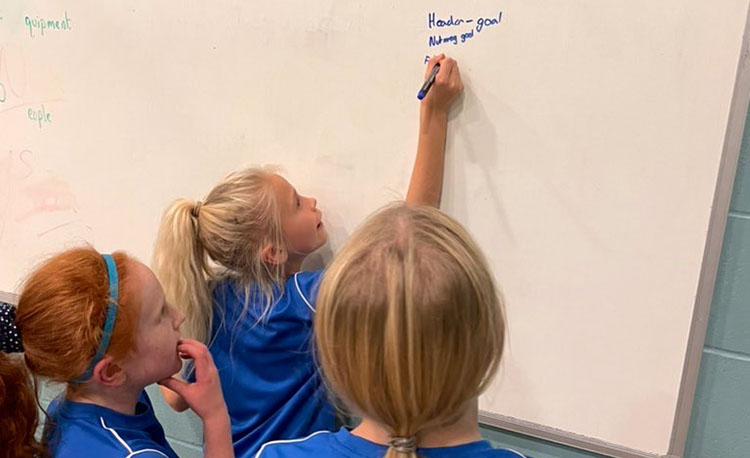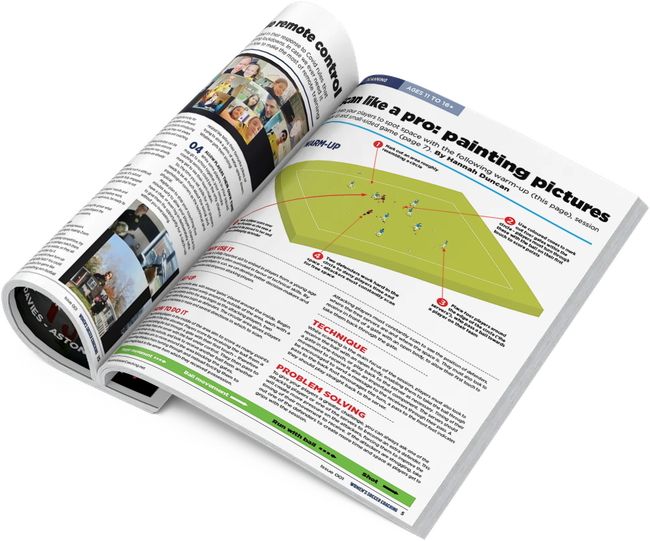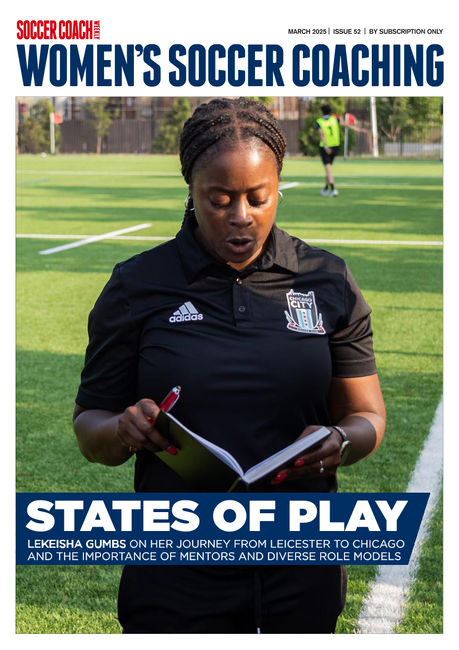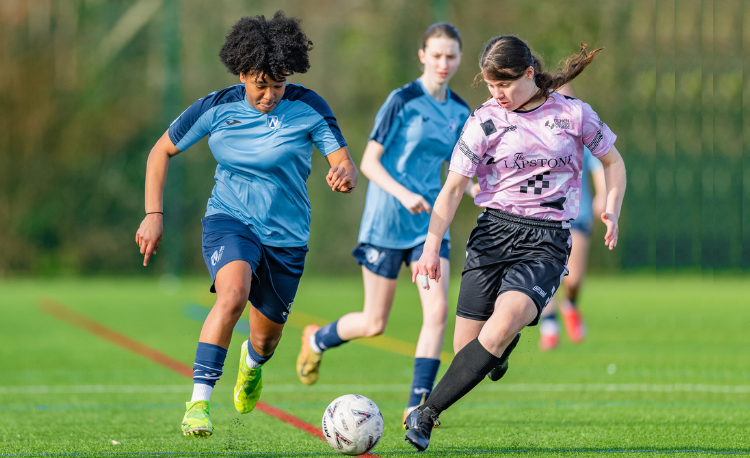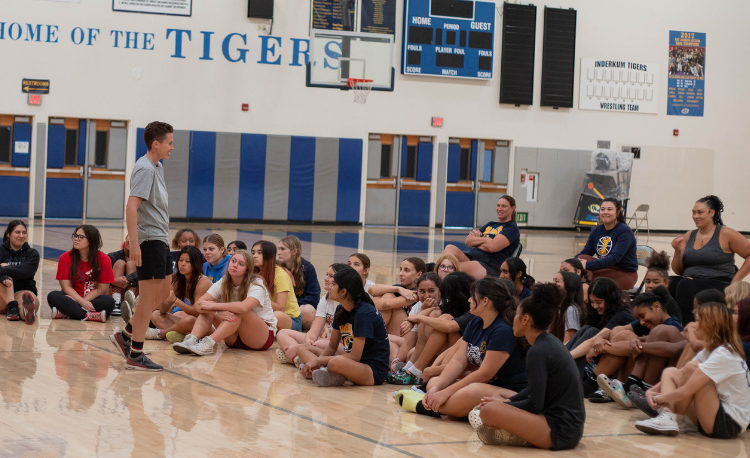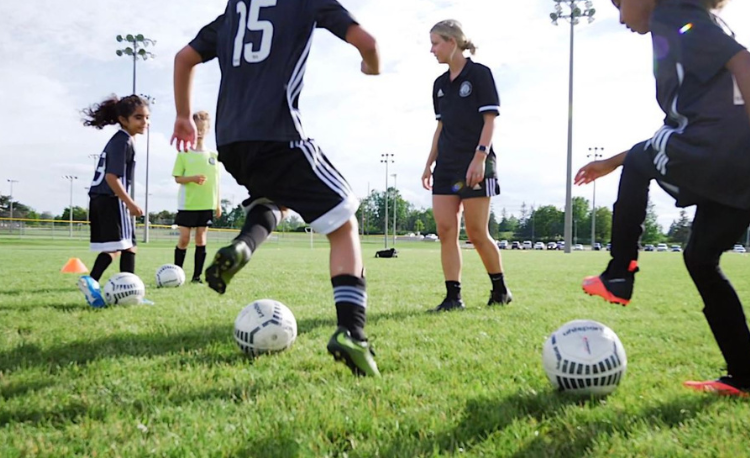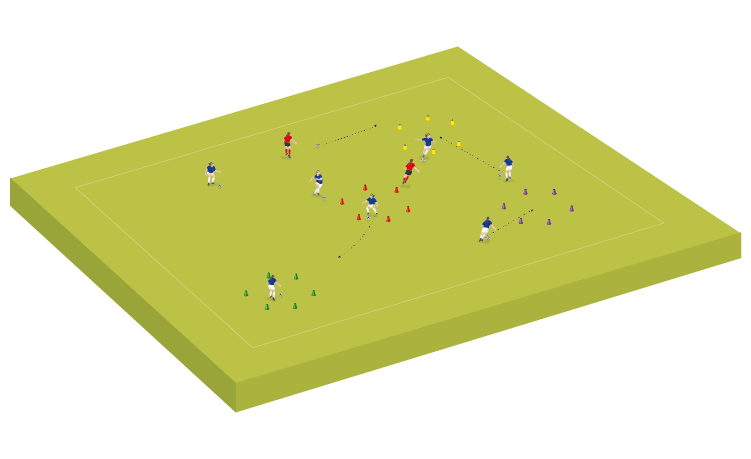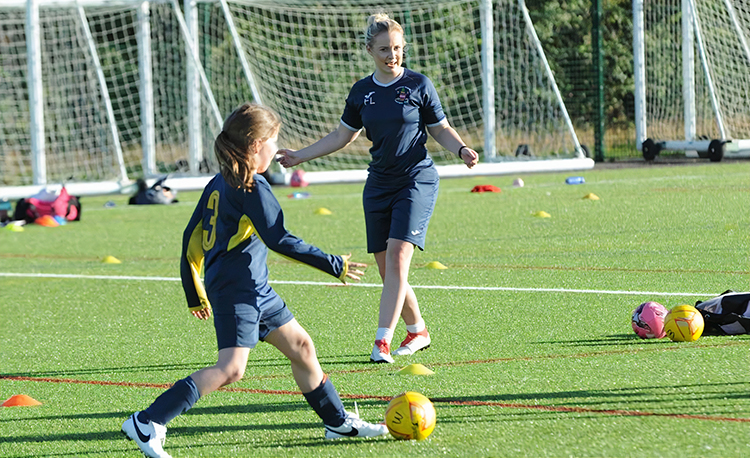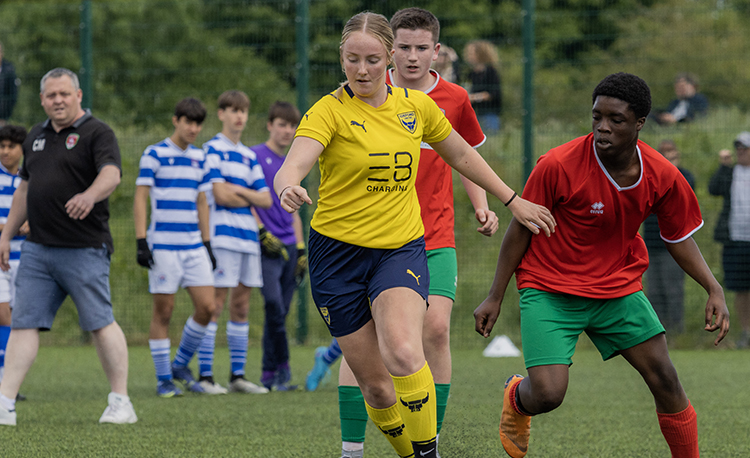You are viewing
1 of your 3 free articles
Set players free with self-led challenges
Allowing your team more responsibility can improve their own decision-making, encourage creativity and develop leadership skills
Peer-to-peer challenges are used as a tool for players to set constraints and targets for their team-mates, which they have thought of themselves either individually or in teams.
It creates player-led interventions and an environment where players are setting rules and expectations without the coach’s input.
Coaching female players and giving them the opportunity to set challenges for their teammates gives them an empowering feeling and a sense of responsibility to be ‘the leader’ and ‘decision-maker’.
Girls can sometimes feel they are not perceived in this positive way, so this can be an excellent method for gaining trust and growing confidence and leadership skills.
I have used peer-to-peer feedback and challenges in many practices, but especially when I feel a player may need a confidence boost or to explore their leadership qualities.
It can also be used as a tool to increase the pace of sessions by creating a competitive environment between the players.
Within my own coaching philosophy, I think it is important to give ownership to my players in as many different scenarios as possible, so they have creative freedom and therefore have a better understanding of my expectations from the sessions.
In return, I get a greater buy-in as they have a feeling of mutual respect, rather than a hierarchy of coaches above players.
As a coach responsible for developing the social side of the female game, I believe it is my duty to expose players not only to being leaders and decision-makers, but also to taking feedback and targets from other players.
This empowers them to feel respected and in a position of authority, which will hopefully encourage them to feel confident in those circumstances in later life.
Introducing peer-to-peer challenges can be used in a variety of different ways. An easy way to start is to incorporate them into game scenarios at training.
For example, a staple practice in my coaching locker when working with very young players is ’football bingo’.
Divide a whiteboard or paper into a bingo card, with six or eight boxes. The players then write in each box any challenges they want to set for their peers - they can be social challenges, like best team celebration, or technical challenges, like a first-time finish.
"Use peer-to-peer feedback when a player may need a confidence boost..."
Following this, a normal game is played and when a team completes one of the challenges, they mark it off the bingo card. The team who gets the most challenges completed on the card wins.
A great example on matchday is asking the substitutes to spend five minutes watching a player and give them one area to focus on - this could be something you worked on in training.
The watching substitute should note down one thing their observed player did really well and also set one challenge for their team-mate. They can share this at half time or when the player next takes a rest.
Not only are they subtly analysing the game, but they will also be psychologically more ready to go on.
The key to peer-to-peer challenges is taking a backseat as a coach and letting the players have full creative control.
It may be tempting to encourage a more football-specific target from the players, but I have found that when they set social challenges, it encourages them to feel comfortable in the environment and reminds them football is meant to be fun.
Related Files
Newsletter Sign Up
Newsletter Sign Up
Discover the simple way to become a more effective, more successful soccer coach
In a recent survey 89% of subscribers said Women's Soccer Coaching makes them more confident, 91% said Women's Soccer Coaching makes them a more effective coach and 93% said Women's Soccer Coaching makes them more inspired.
*includes 3 coaching manuals
Get Inspired
All the latest techniques and approaches
Women's Soccer Coaching offers proven and easy to use soccer drills, coaching sessions, practice plans, small-sided games, warm-ups, training tips and advice.
We've been at the cutting edge of soccer coaching since we launched Soccer Coach Weekly in 2007, creating resources for the grassroots youth coach, following best practice from around the world and insights from the professional game.
